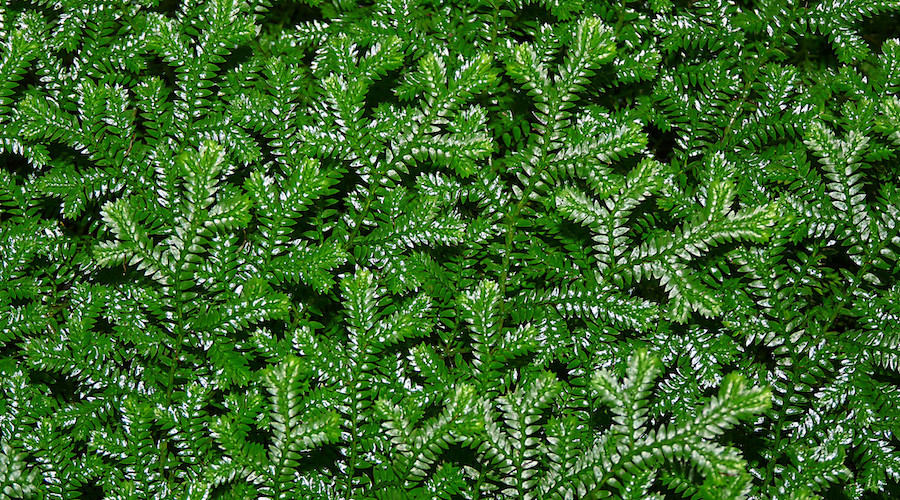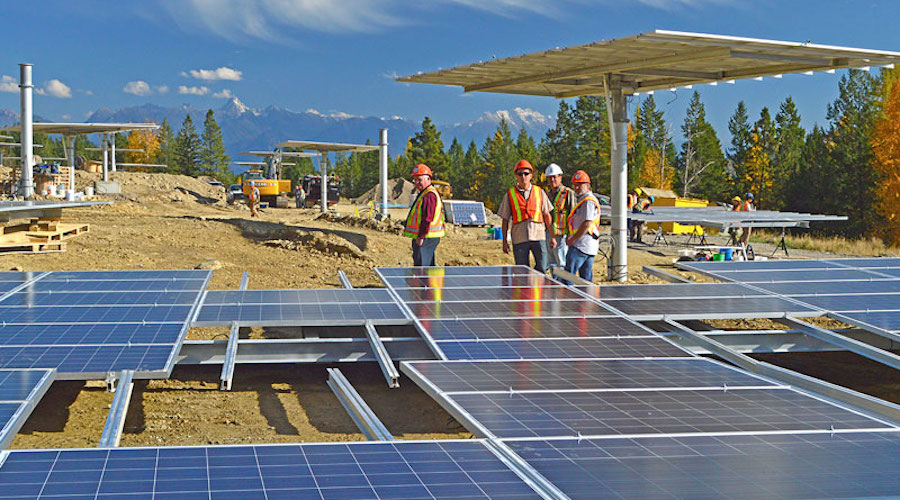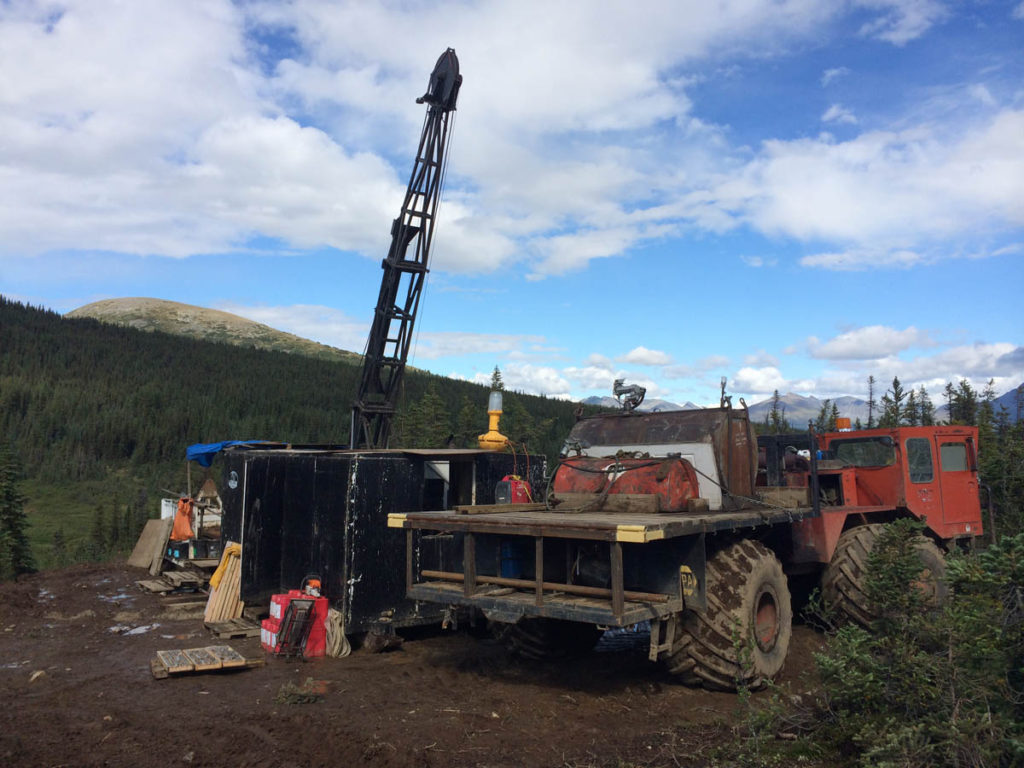Primitive vegetation played key role in composition of earthâs continental rocks


“The first land plants were simple, small things like mosses that lived in wet environments on land between about 450 and 420 million years ago during the Ordovician and Silurian Periods,”said Alex Brasier, co-author of the paper that explains these findings. “Bigger plants with deeper roots that could live in drier environments evolved shortly after, in the Devonian Period.”
According to Brasier, these primitive plants spread across the land, transforming what was once a Mars-like planet of barren rock into a world of life growing in organic-rich soils.
“Some of the most spectacular and important early land plant fossils on earth are from the village of Rhynie in Aberdeenshire, where minerals precipitated from a hot spring and fossilized their stems—together with other things that were living on the plants like the ancestors of insects—407 million years ago,” he pointed out.
The scientist said that the study will inform the upcoming examination of 407 million-year-old primitive plant fossils originating from Rhynie.
“We are now working with colleagues from Queen’s University on the chemistry of the rocks from the Rhynie hot-springs, where we hope to reveal more about this important fossil-preserving site and searching for further clues on how these early land plants changed the earth,” the scientist said.
Coal swamps
Brasier explained that the proliferation of plants completely transformed our planet’s biosphere with small plants later evolving into trees, and paving the way for giant 2.5-meter-long centipedes that left their footprints on the Isle of Arran in the coal swamps of the Carboniferous period, and later for the advent of dinosaurs.
Plants also caused fundamental changes to river systems, bringing about more meandering rivers and muddy floodplains, as well as thicker soils.
“This shift was tied to the development of plant rooting systems that helped produce colossal amounts of mud (by breaking down rocks) and stabilized river channels, which locked up this mud for long periods,” the study’s lead author, Christopher Spencer, said.
The team recognized that earth’s surface and deep interior are linked by plate tectonics—rivers flush mud into the oceans, and this mud then gets dragged into the earth’s molten interior at subduction zones where it gets melted to form new rocks.
“When these rocks crystallize, they trap in vestiges of their past history,” co-author Tom Gernon, said. “So, we hypothesized that the evolution of plants should dramatically slow down the delivery of mud to the oceans and that this feature should be preserved in the rock record—it’s that simple.”
To test this idea, the group studied a database of over five thousand zircon crystals formed in magmas at subduction zones—essentially ‘time capsules’ that preserve vital information on the chemical conditions that prevailed on earth when they crystallized.
They uncovered compelling evidence for a dramatic shift in the composition of rocks making up earth’s continents, which neatly coincides with the onset of the first mud-trapping land plants.
Notably, the scientists also found that the chemical characteristics of zircon crystals generated at this time indicate a significant slowing down of sediment transfer to the oceans, just as they had hypothesized.
The researchers show that vegetation changed not only the surface of the earth but also the dynamics of melting in the mantle.
This post has been syndicated from a third-party source. View the original article here.




